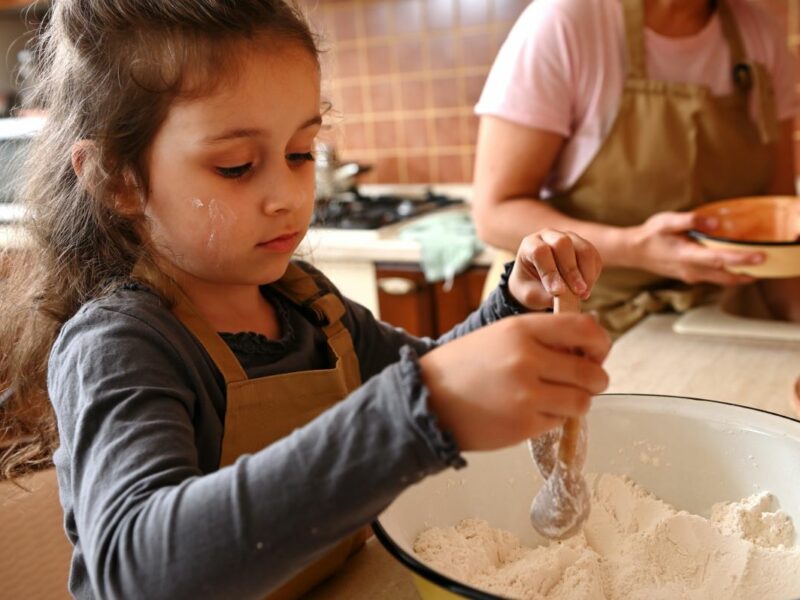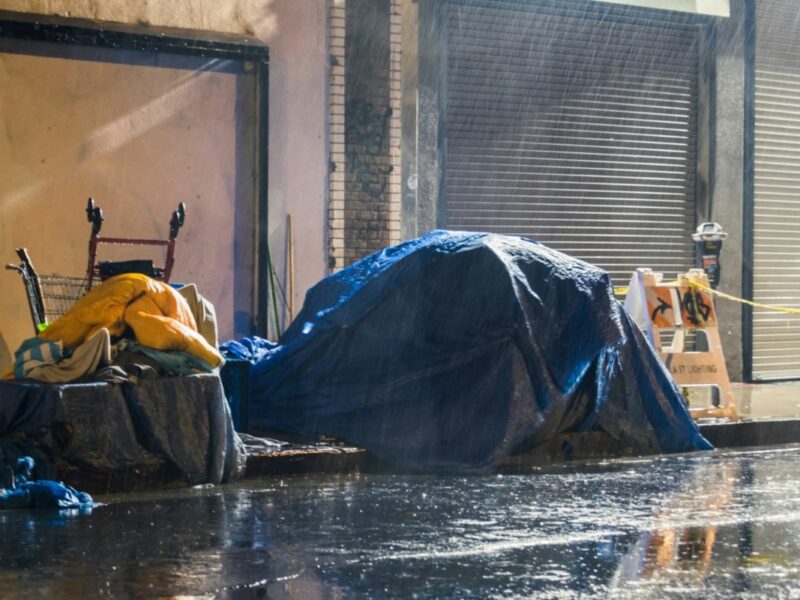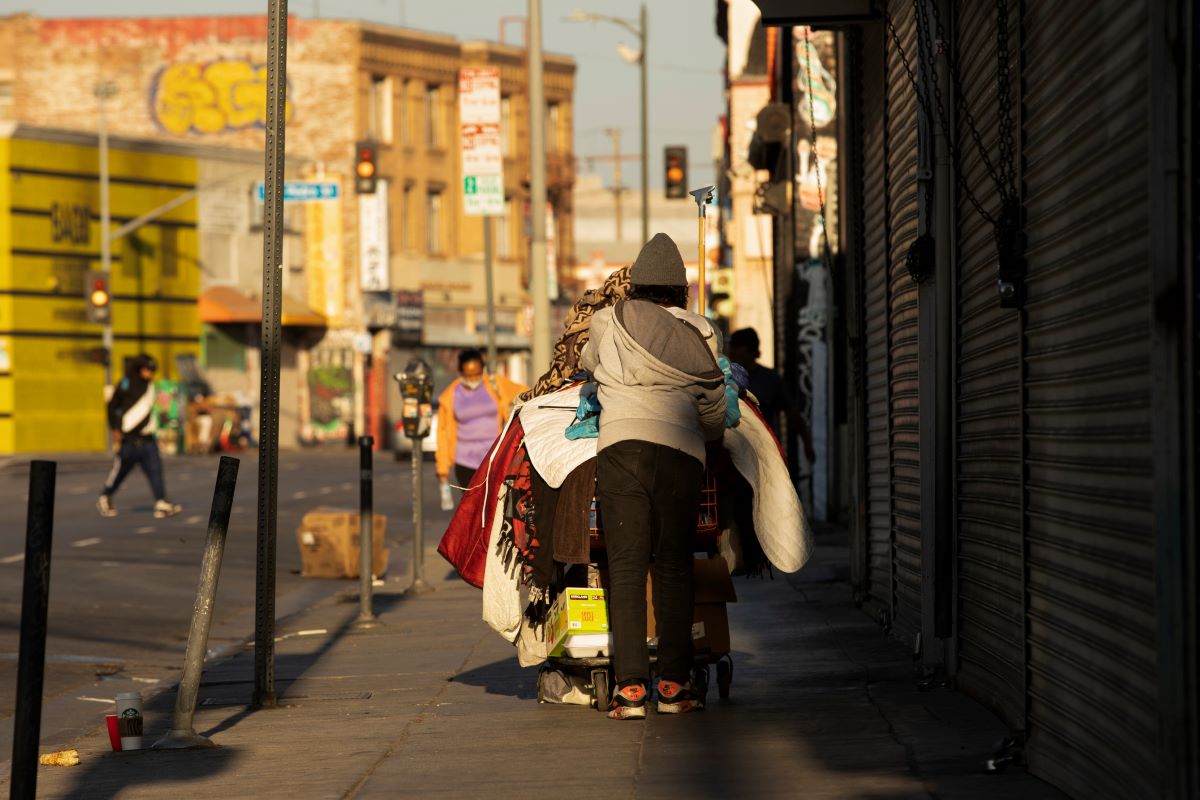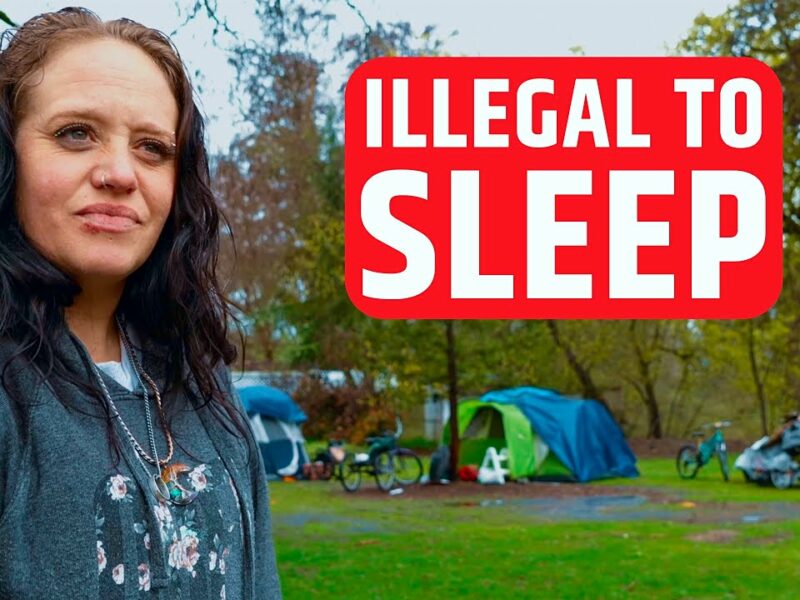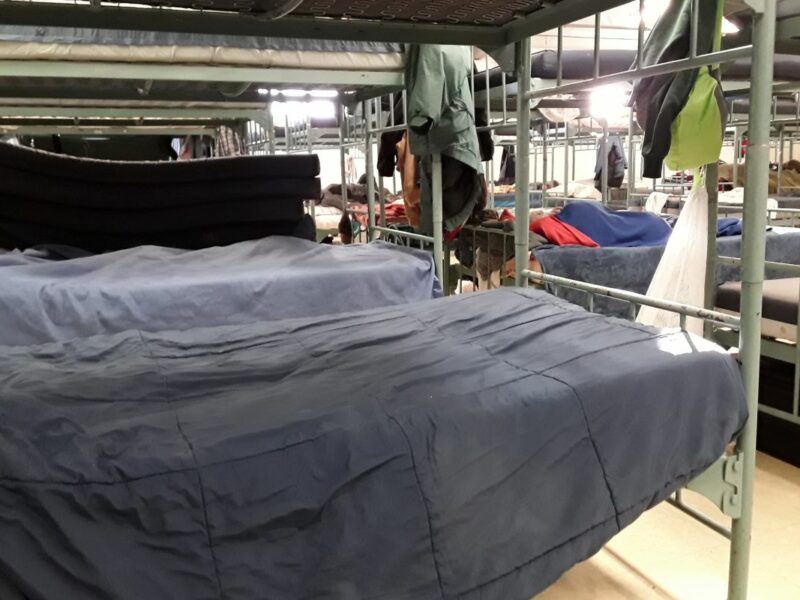Invisible People delivers journalism and reports on homelessness in a way that I’ve not seen elsewhere. The Life on Skid Row series and additional reporting on the area gives us an honest and realistic understanding of homeless life in Skid Row.
When you traverse through these stories, you’ll meet a lot of different kinds of people, many of whom you may even relate to or have much in common with. This is what I found to be true when I watched the documentaries.
The first story that latched onto my heart was Luke’s. He kind of stumbled into homelessness unexpectedly, much like I did in my mid-20s. He arrived in Los Angeles with his wife when her family invited them to stay with them. They excitedly hopped on a Greyhound bus to meet them. Her family never picked up their calls when they arrived in Los Angeles. Soon after, they found themselves on the streets of Skid Row.
We learned that Skid Row was created and designed intentionally.
The city decided that if they contained all of their homeless services in one area, they could also contain all their city’s homeless population in that one area. Perhaps they intended to better serve the homeless community by having all their services accessible in a single area. This would mean more homeless people would be able to access these services. However, a darkness, a sadness, grows here amid all the pain and suffering.
Luke shares that, “Skid Row is by the bus station. It’s where all the shelters are. It’s where all the food is. It’s where all the resources are located. But Skid Row is a very nasty place. Skid Row will make it so you are constantly worrying about what you need to survive because everything is being taken from you.”
He also shares how local gangs tax homeless people for living in a certain area of Skid Row. “If you don’t pay, they beat you up and burn down your tent with all your belongings in it.” Luke was beaten 13 times since living homeless on Skid Row.
It is no surprise how homelessness can breed violence and sorrow – and it’s like a never-ending cycle.
It’s the same for trauma. Trauma often causes homelessness, and then the homelessness itself continues to perpetuate that trauma. From that revolving trauma comes mental illness, substance abuse and addiction, and violence. And this environment was, in a way, created by the city of Los Angeles.
I’d also like to point out how relatable Luke’s story is. We are only one tragedy away from switching shoes with Luke and his wife. When you can’t count on your loved ones or don’t have anyone providing a safety net, you can fall just as far and as hard as this.
A common occurrence I’ve often seen and experienced in my own life is how much family trauma can tear up people’s lives and, in some cases, even cause homelessness. There’s no question how much family instability can hurt and harm.
Having a strong, secure family whom you can trust and lean on, and who can lean on you, is a privilege that I didn’t understand until recent years. Traumatic events in our families cause long and lasting effects, too.
Brenda’s family fell apart due to substance abuse disorders.
She lost everything. Literally. Not only her home but also her family. But sometimes, those who lose everything, who reach the very bottom, teach us about true resilience.
In truth, homeless people are the strongest people I’ve ever known. Brenda has nothing, but she holds on to hope. She has a purpose that keeps her going every single day. That purpose is to reunite with her children. Getting there requires overcoming her addiction and finding both a drug treatment program as well as permanent housing.
This is no simple task; it’s nearly impossible to even from where she is now. But she’s alive, and she’s fighting every single day.
Homeless people need love and compassion and deserve more, better than Skid Row. We all need food, shelter, community, and compassion to survive. We all hurt and are struggling in the same way. We all lean on each other, and others lean on us.
I would not be where I am today without the shoulder and the hand of another. And the same is true for you and every homeless person. It’s a collective effort. The next time you see a homeless person, whether on Skid Row or in your city, I hope you’ll look them in the eye and say hello. Ask them how they are feeling today. You never know, maybe all they need is some of the hope and love in your heart.





